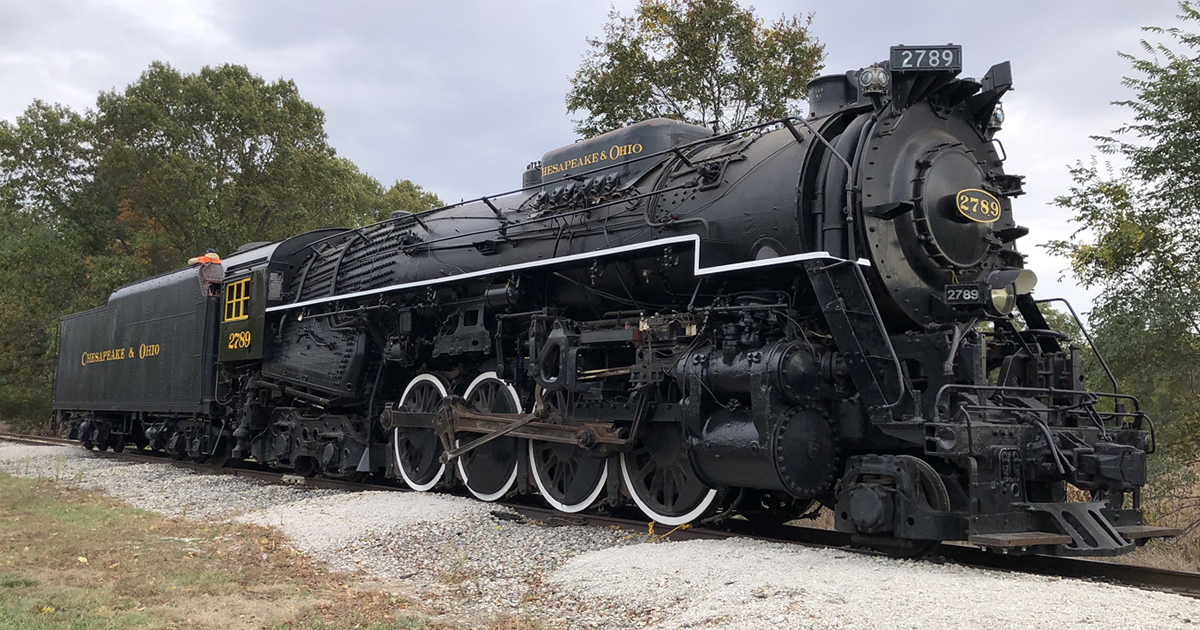Norfolk & Western E-2a Pacific #578 out to Ohio Railway Museum is reportedly getting a cosmetic restoration. That engine has always kind of been an odd duck, an N&W steam engine that's the last of it's class and was an excursion engine that ran until 1978, but is largely forgotten by railfans.
N&W got rid of a lot of their smaller, older non-articulated engines pretty early, and most of the Pacifics were supplanted by the streamlined K 4-8-2s and J 4-8-4s, but the #578 and a sister, #563, hung around until 1958. Between 1917 and 1944, the #578 was primarily used to pull passenger trains throughout the Scioto Division out of Columbus, Ohio. Late in it's career, the #578 and #563 spent the remainder of their revenue career pulling local passenger trains on the N&W’s Norton Branch between Norton, VA and Bluefield, WV. When N&W retired the last two Pacifics, the Ohio Railfan Association was looking for a steam locomotive to display. The #578 was available and it had operated in Ohio on the Scioto Division, so they accepted its donation.
Upon arrival in Worthington, the #578 was still in operational condition. Beginning on July 10, 1960, No. 578 pulled the association's short-distance trains and the locomotive carried over 3,000 passengers during that year's operating season. In 1966, the #578's flue time expired, and it had to be removed from service. Volunteers subsequently spent the next four years repairing the boiler in order to return the locomotive to service. Restoration work was completed in 1970, and #578 pulled some more tourist trains on the now-slightly extended line for the Association, which changed its name to the Ohio Railway Museum. By the end of the 1970s, it was discovered that the #578 had a broken spring hanger, which was deemed too expensive to repair or replace. The ORyM had also decided to primarily focus on being a trolley museum and the #578 was deemed to be outside the focus.
It's sat in Worthington, OH on display ever since. It's kind of in a weird spot, because the ORyM is largely a trolley museum, and the #578 is outside of their focus and is not financially feasible for them to run, but the #578 is a big draw for visitors to see on display, so they won't really relinquish ownership of it. I've also heard that there may be some sort of damage to the cylinders, possible freeze-related, due to years of outdoors storage. Jerry Joe Jacobson, who formed Age of Steam Roundhouse, tried to get the #578 back when he owned the Ohio Central Railroad but made the mistake of letting it be known that he really wanted it as trade fodder. Jacobson really wanted NKP #763, on display at the Virginia Museum of Transportation, and figured that the last remaining N&W Pacific would be the carrot to coax the #763 out of Roanoke's hands. Some ORyM members were already not fond of the idea of getting rid of the #578, and then really got mad when they found out that it would be leaving the state of Ohio and refused to sell it to him.

































































